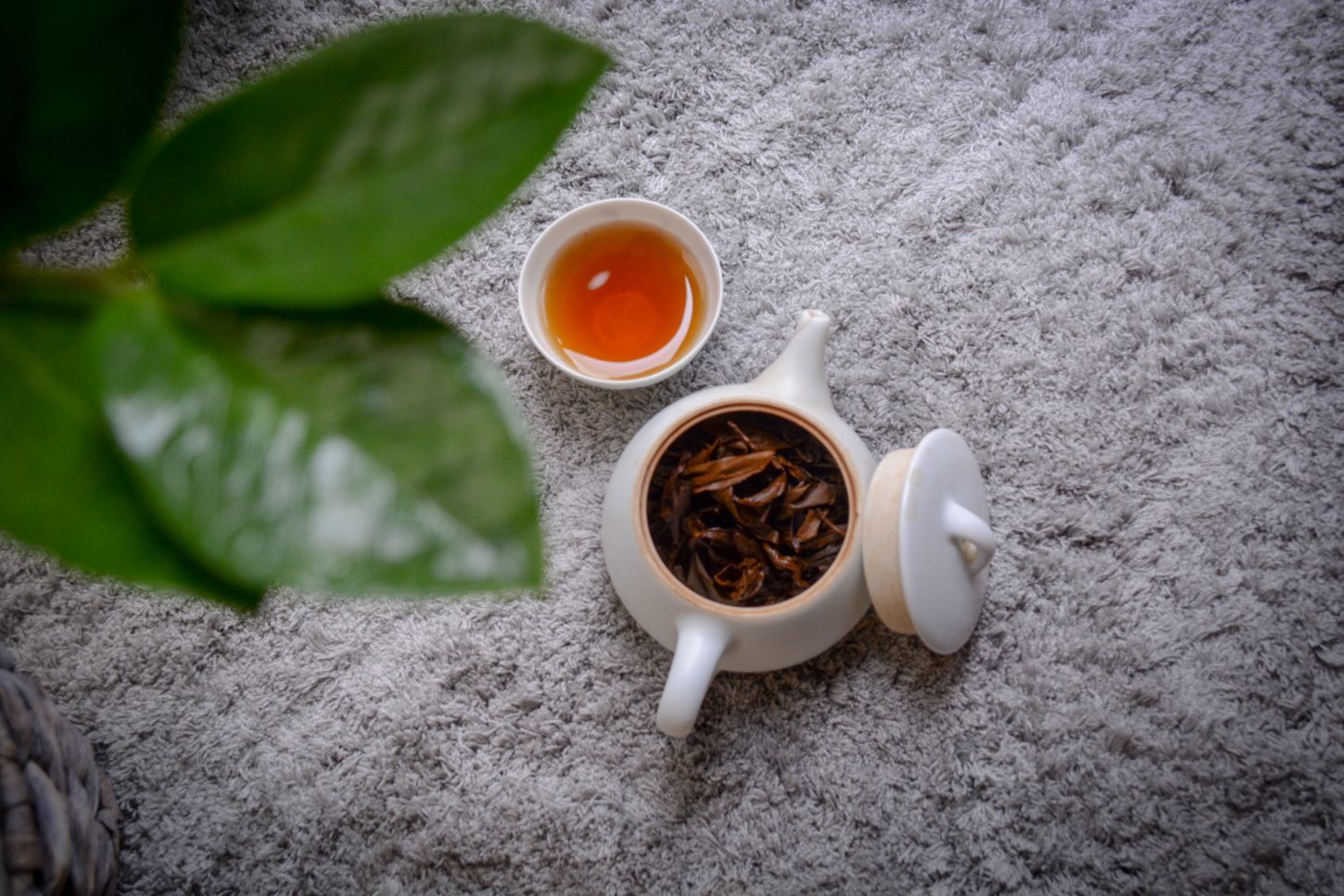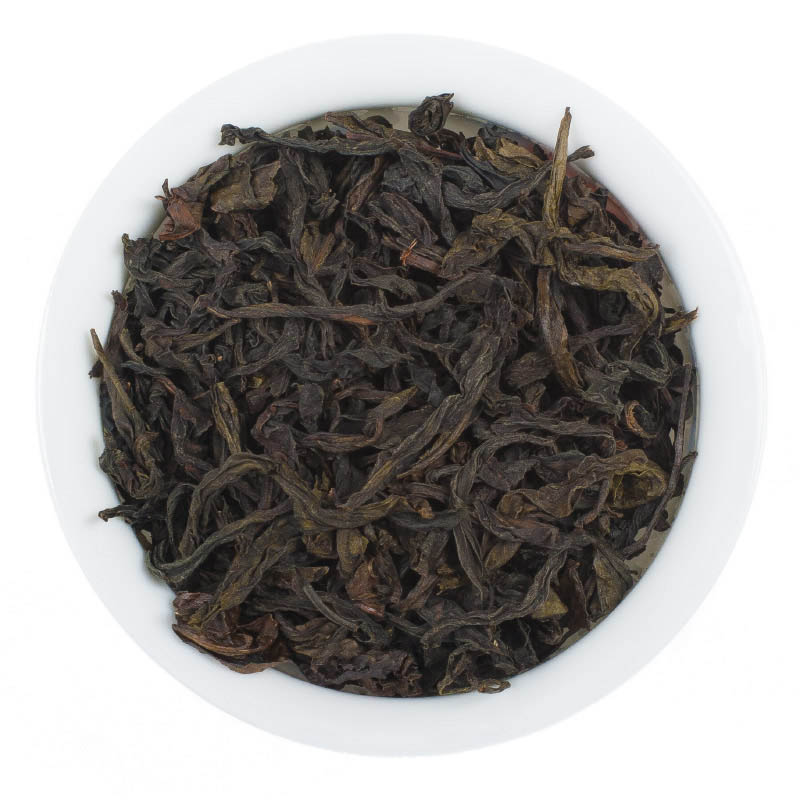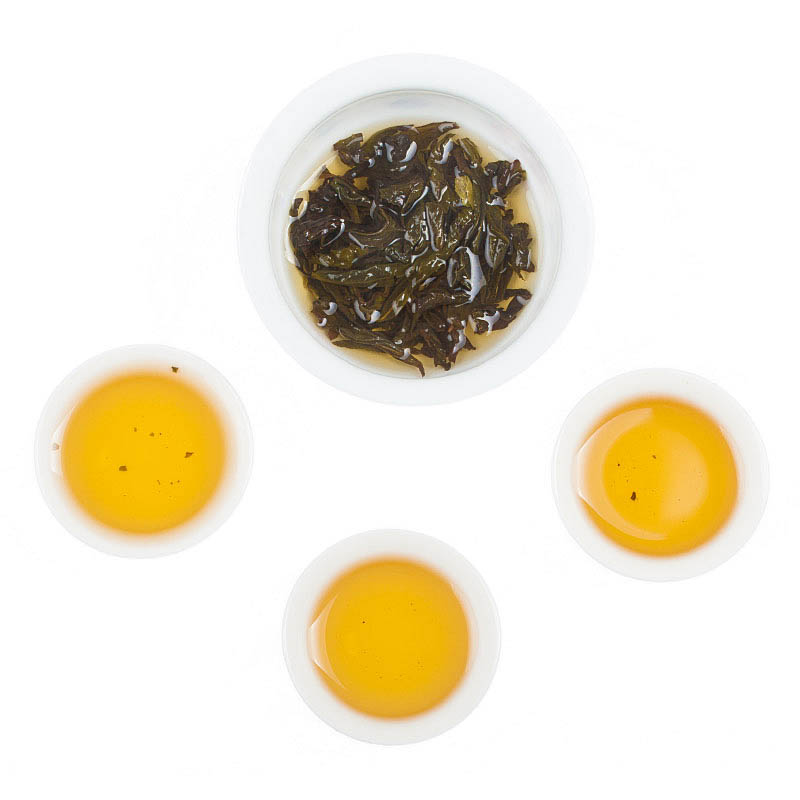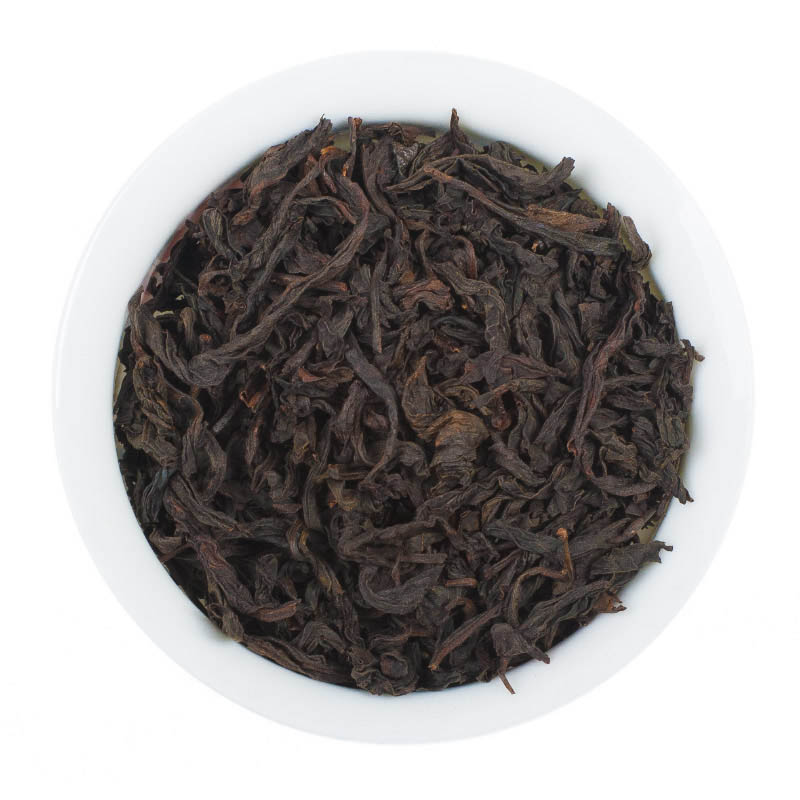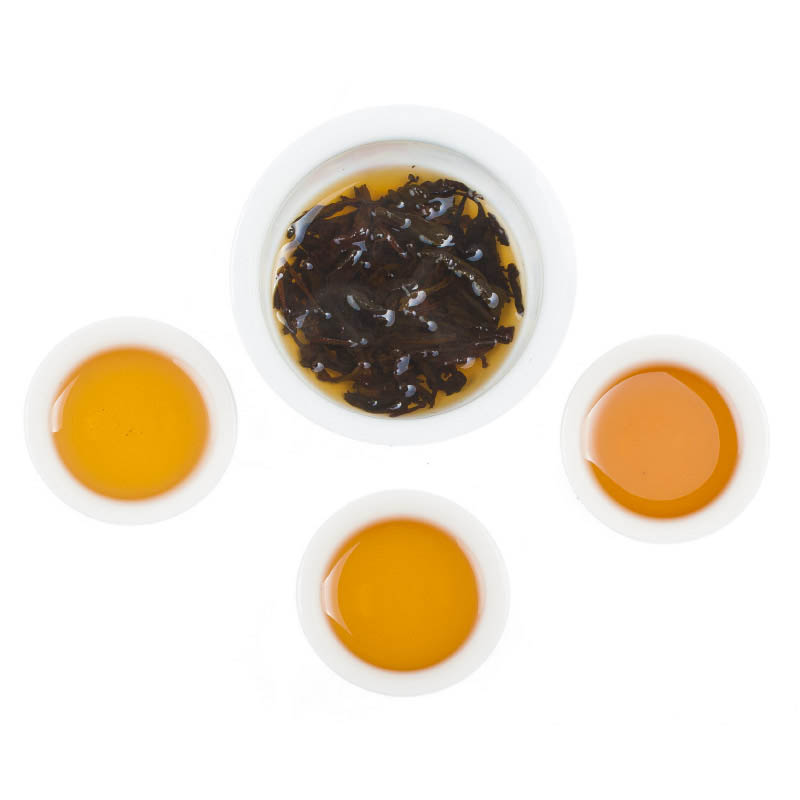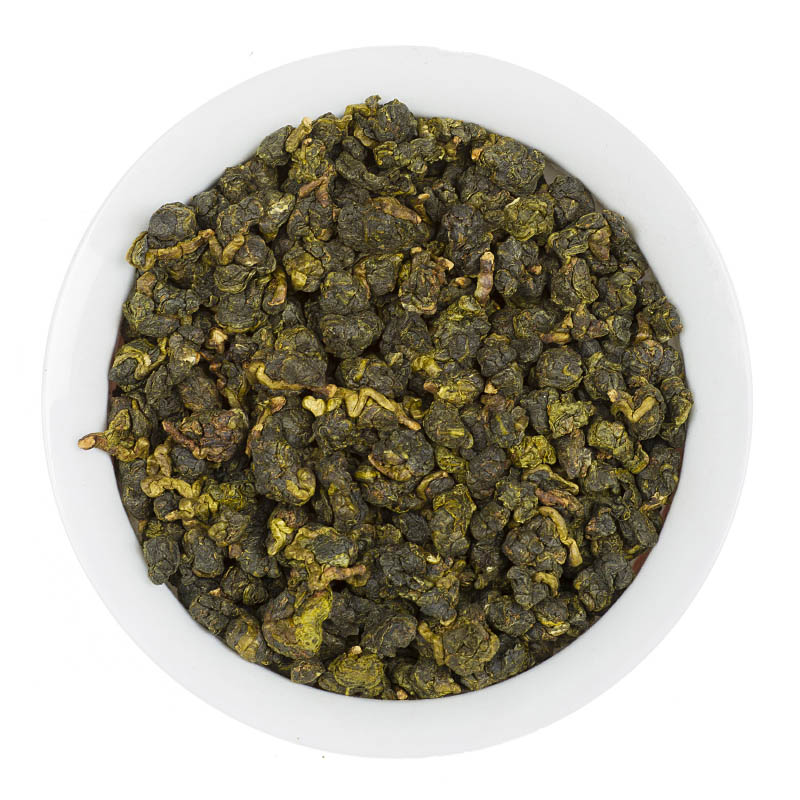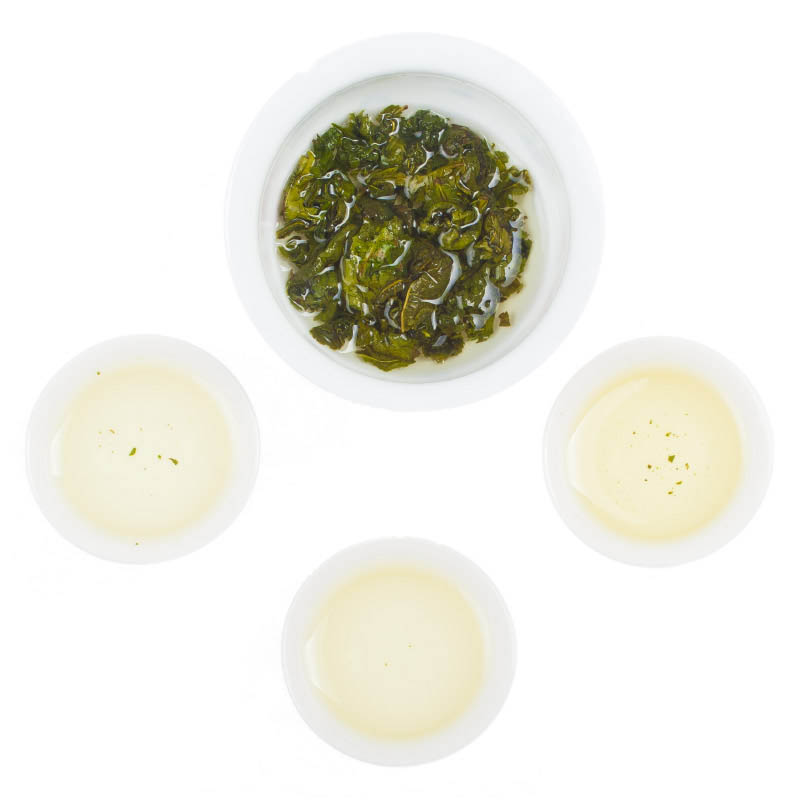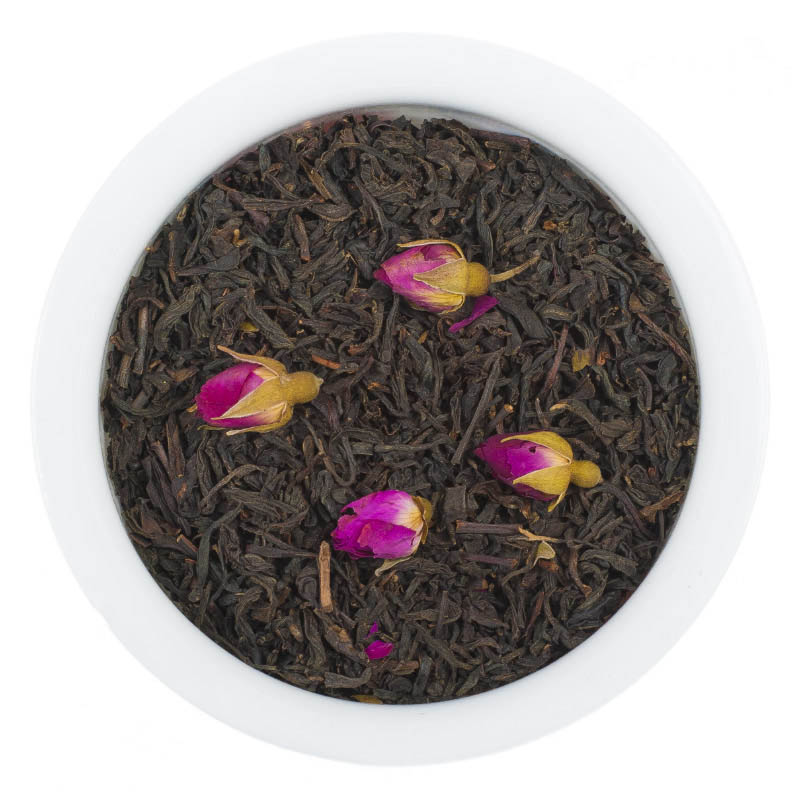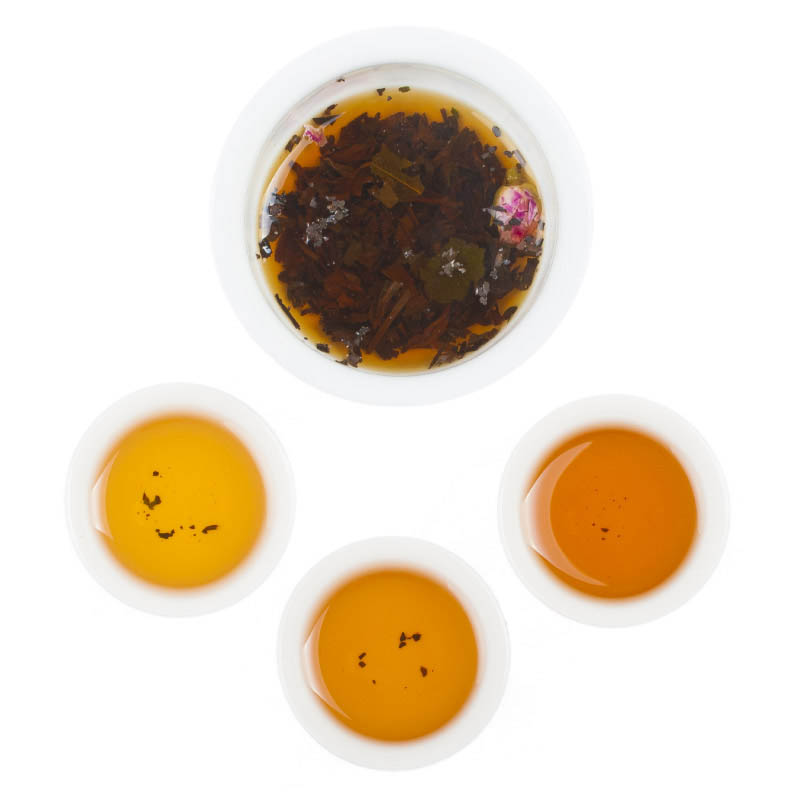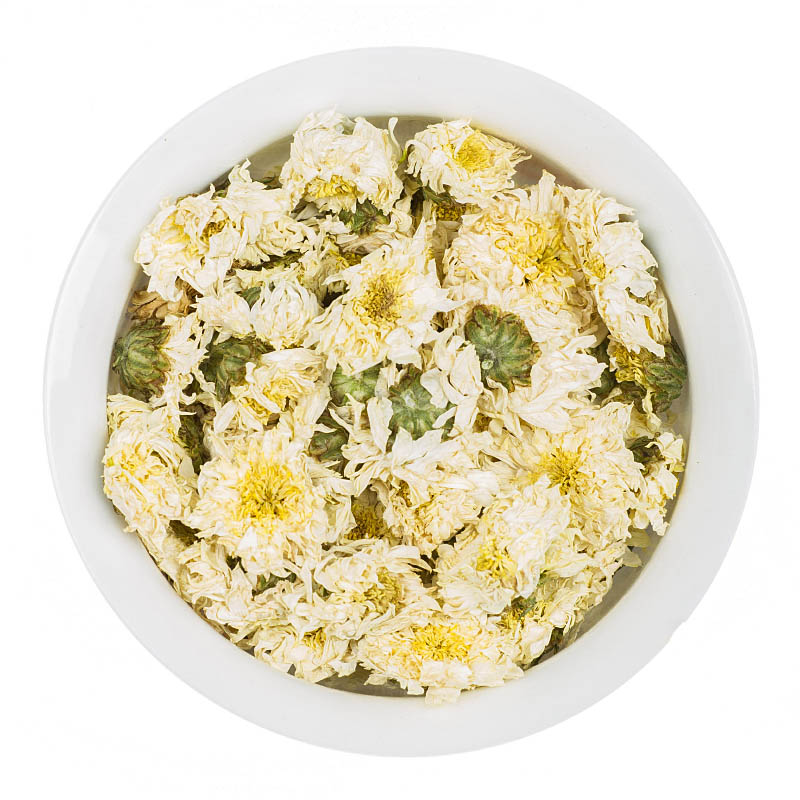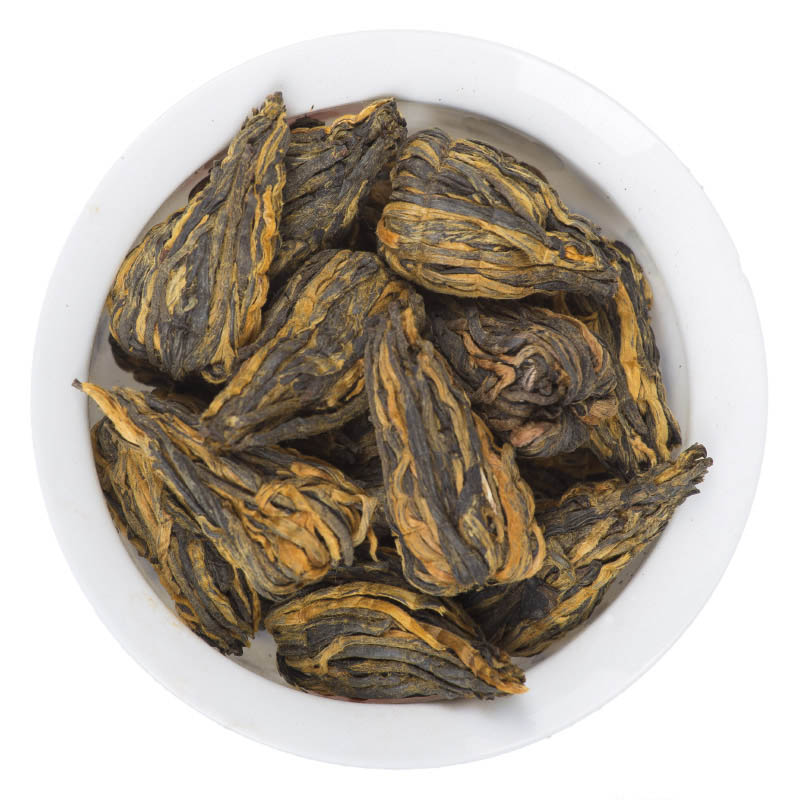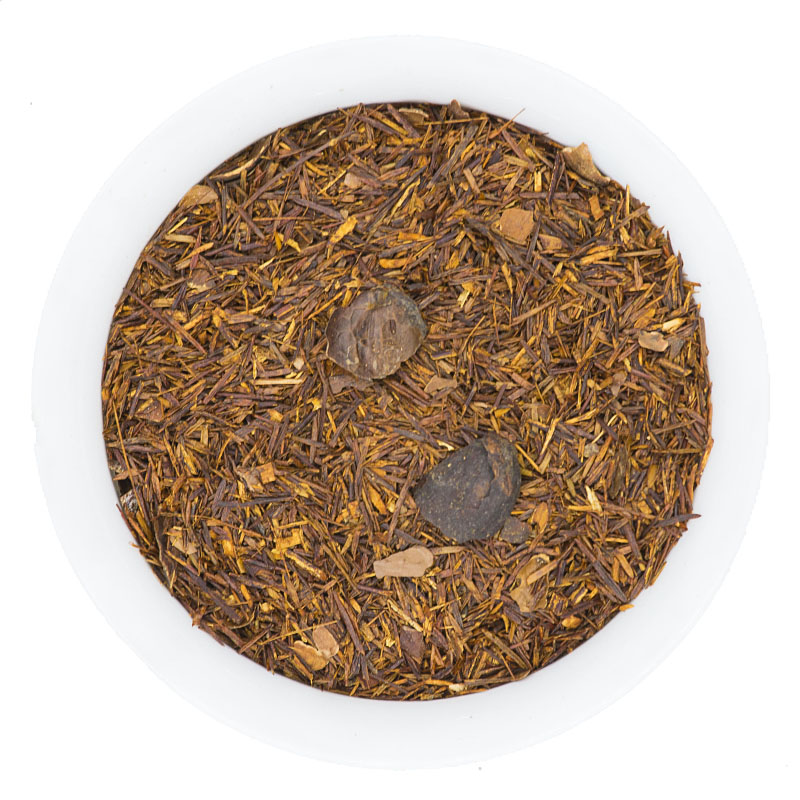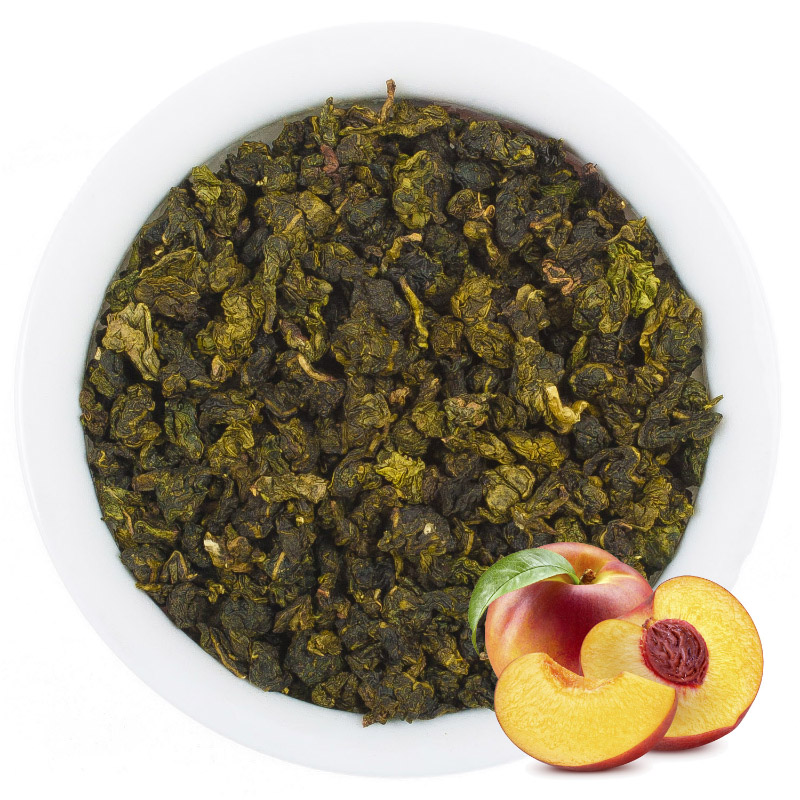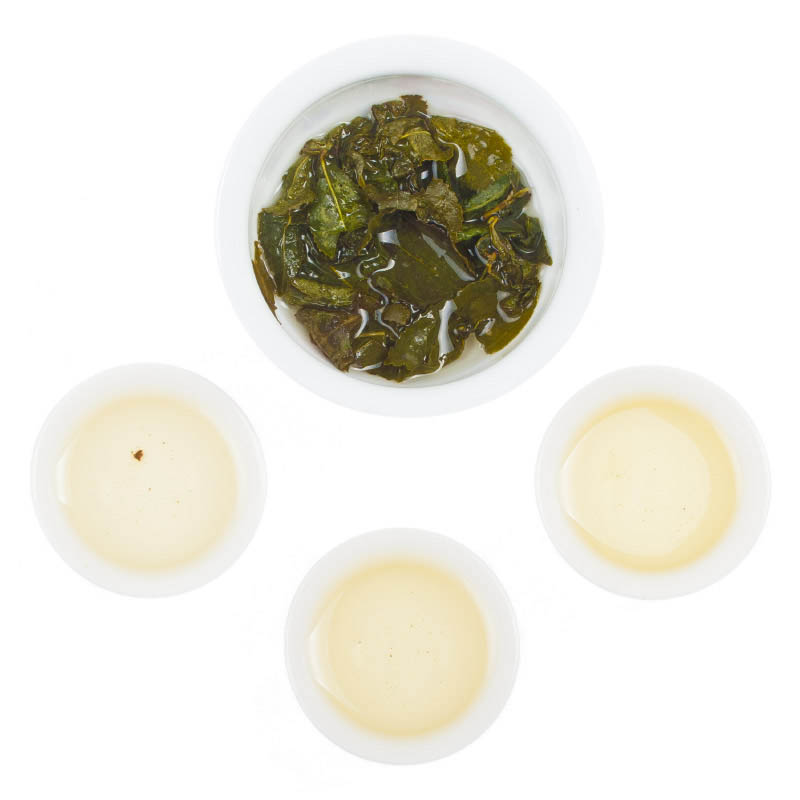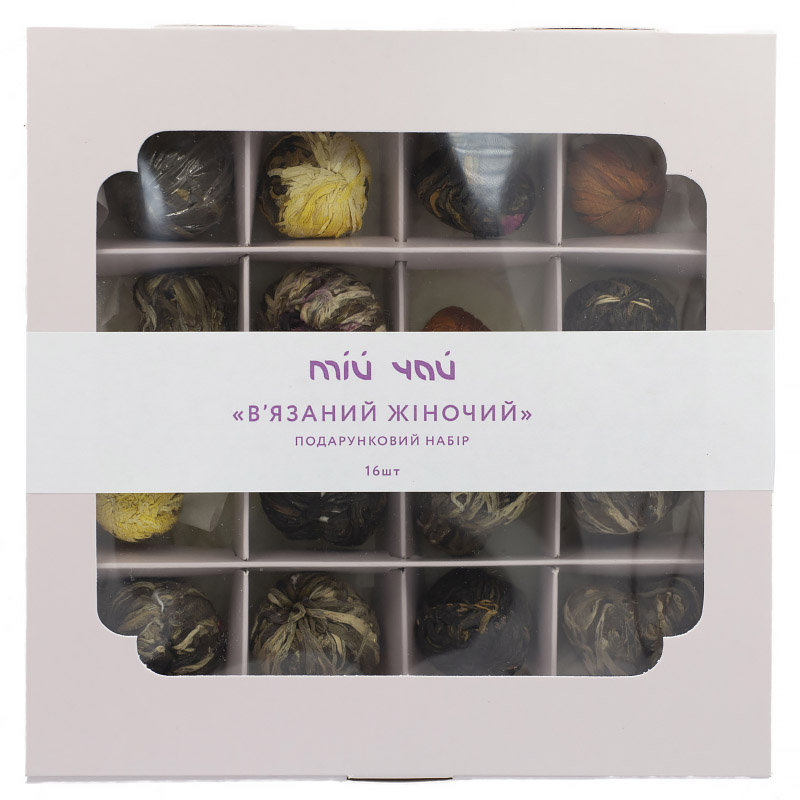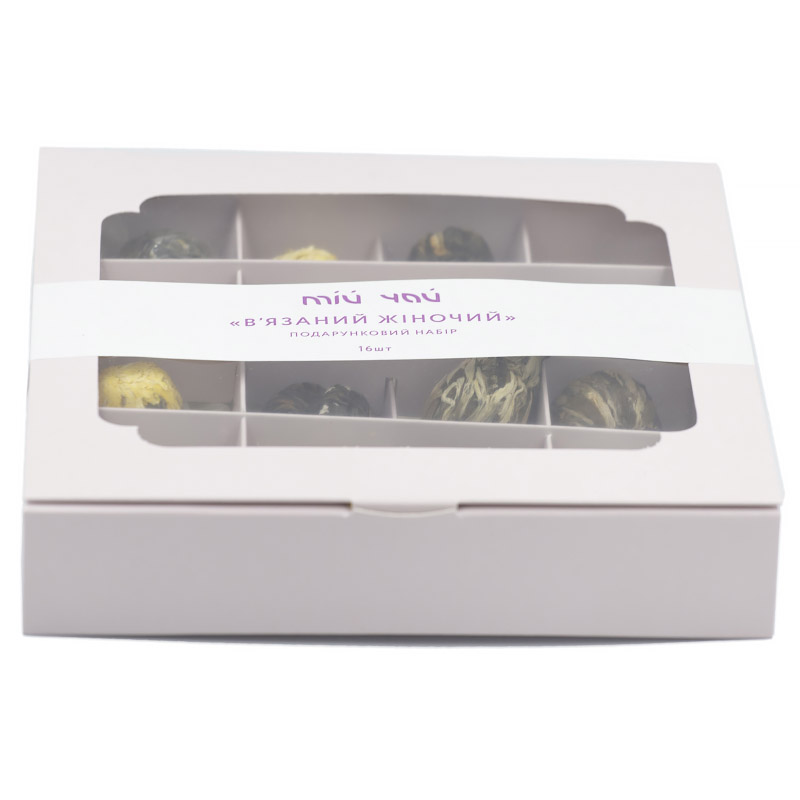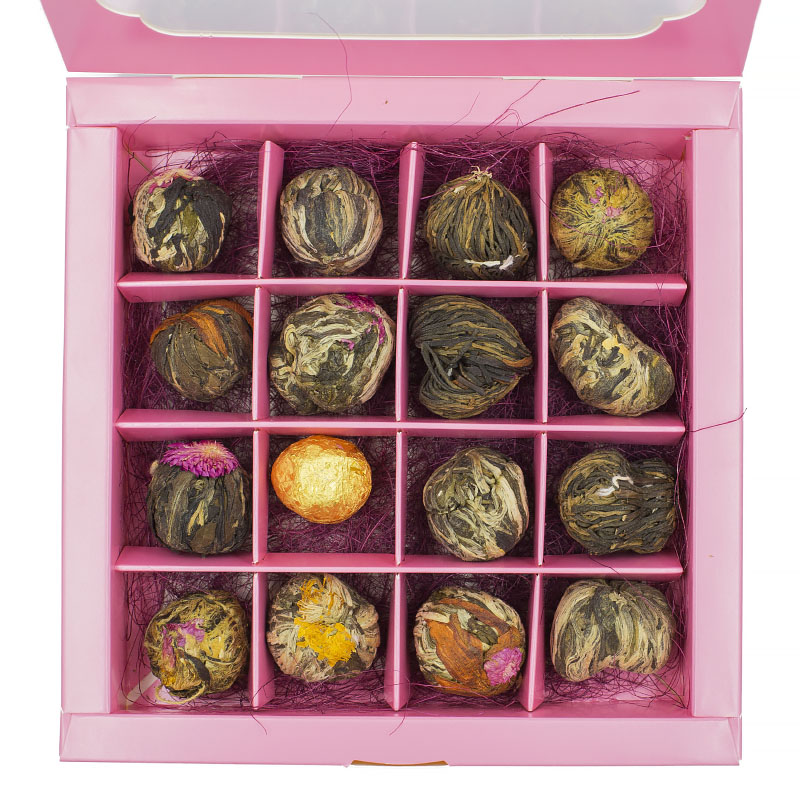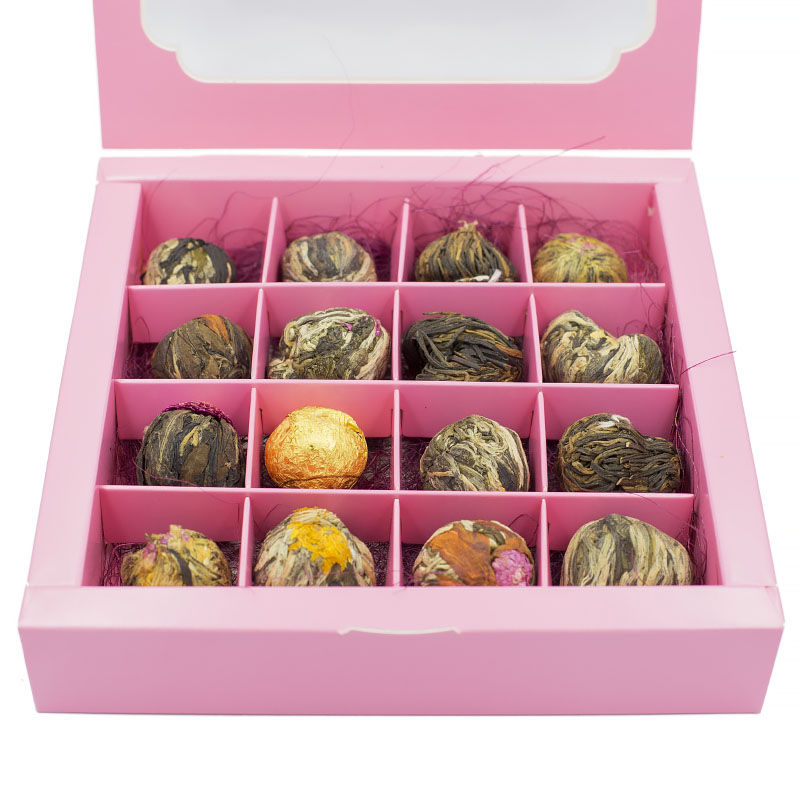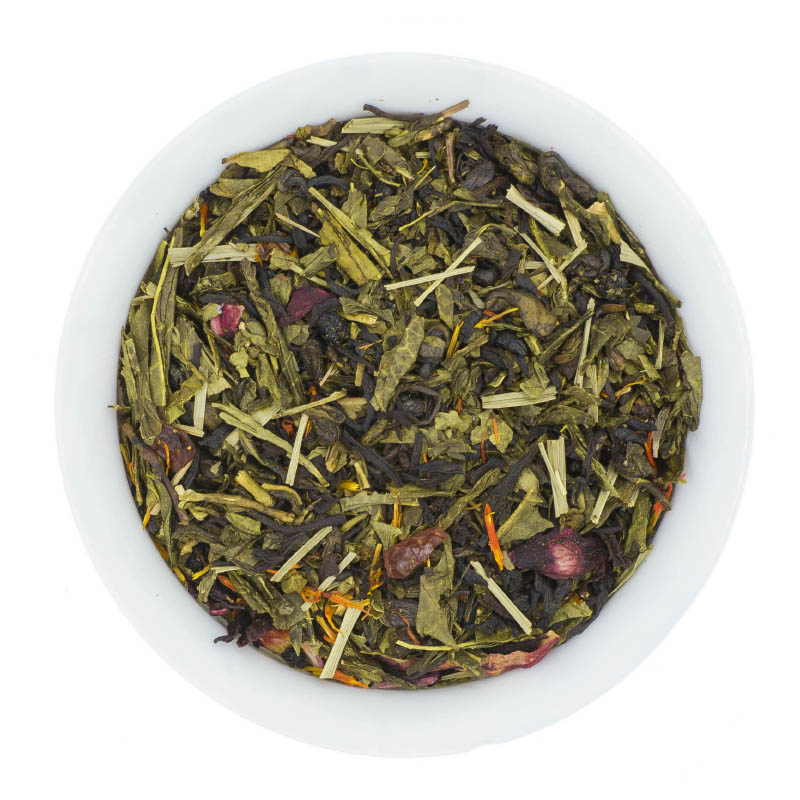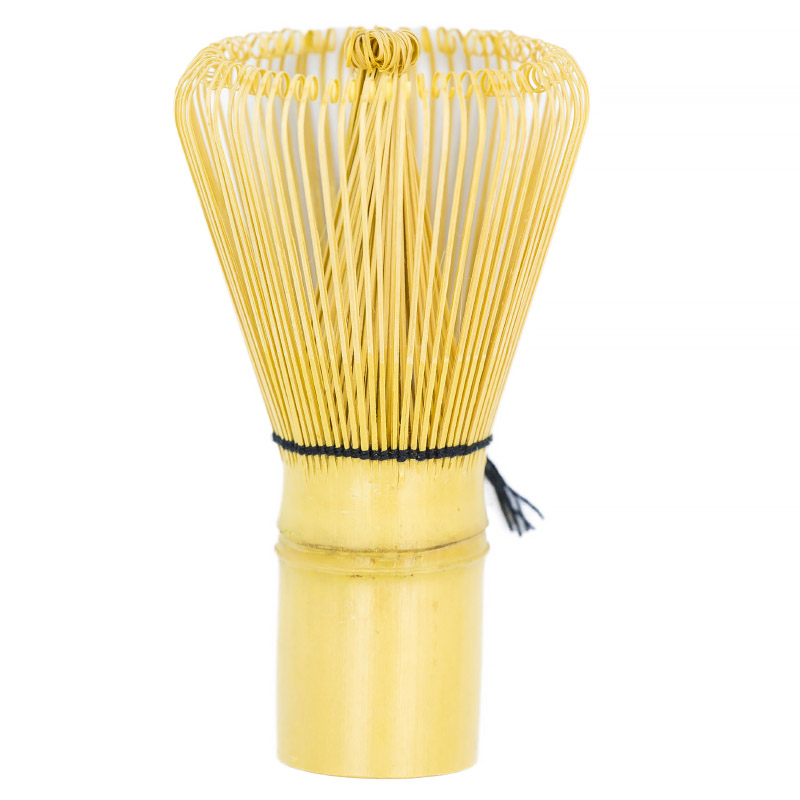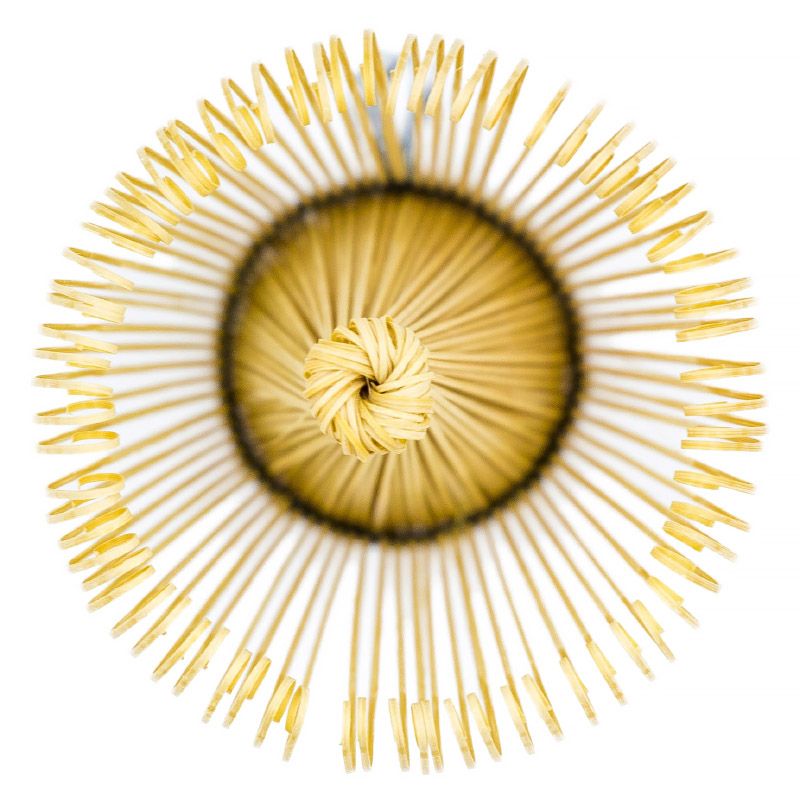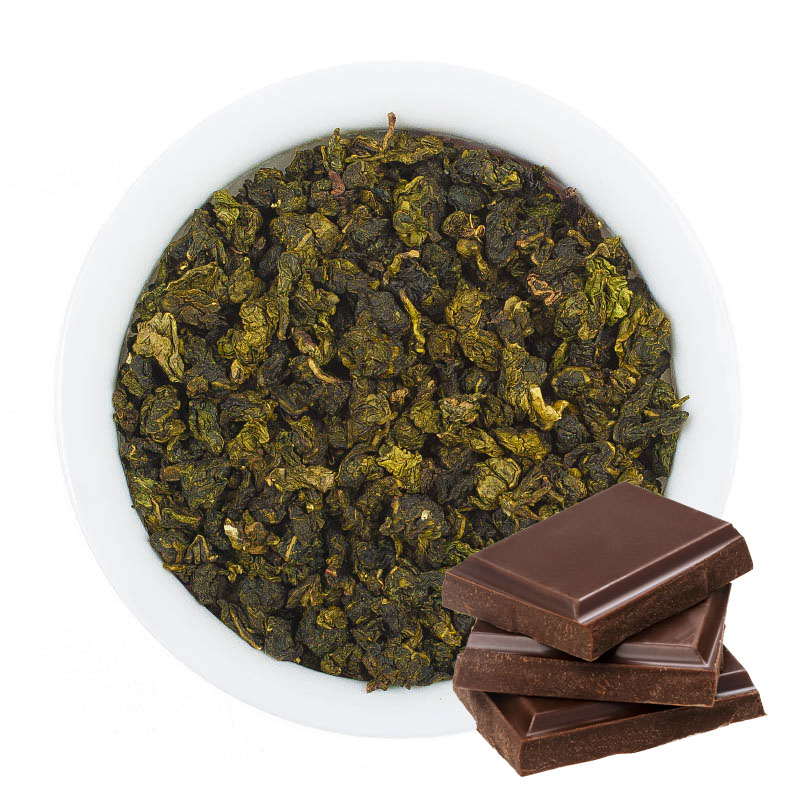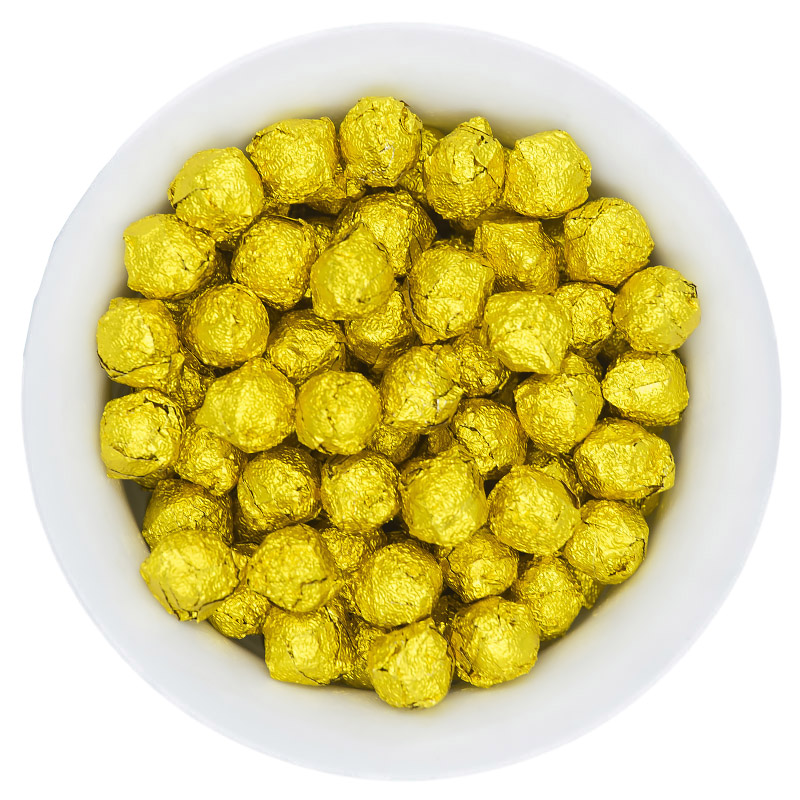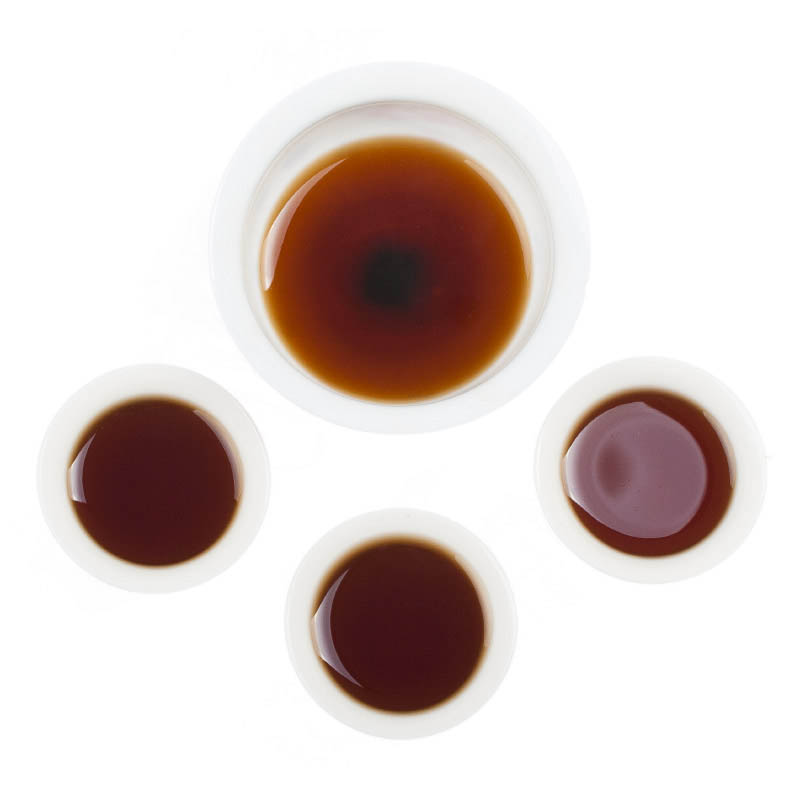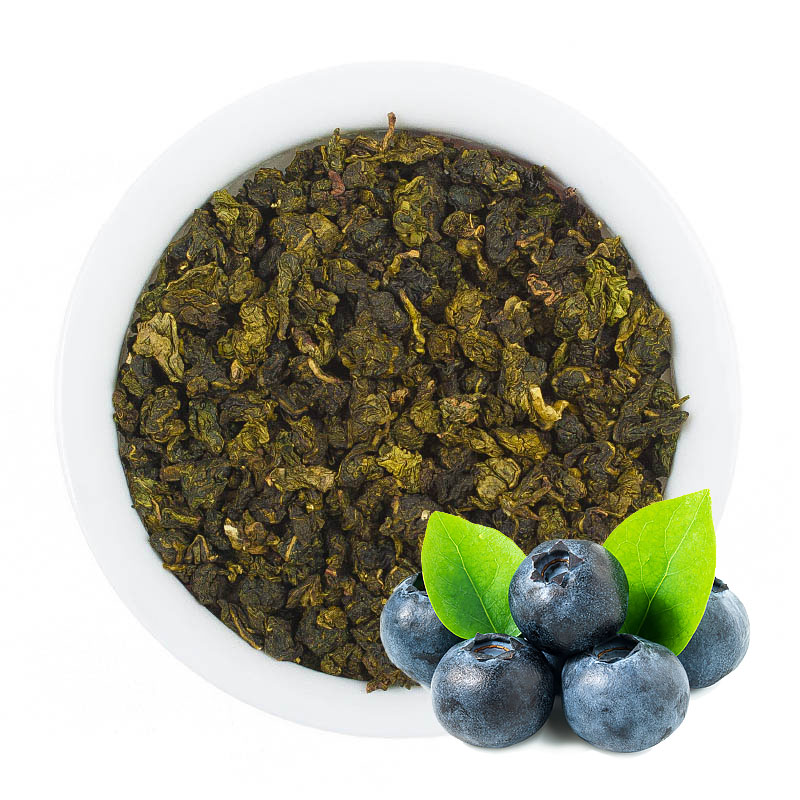Benefits and Types of Red Tea
What is red tea? If you ask 100 people on the street, probably 100% will say hibiscus (karcade). Yes, that's true, but hibiscus is not real red tea — it’s just an herbal drink. Real red tea is Chinese red tea, grown in China’s tea provinces and made through various processes that heavily ferment the leaves, producing a beautiful reddish-brown brew with many shades. In Ukraine, these teas are often called "black teas". Just imagine how elegant the transparent burgundy infusion looks in porcelain or glassware! Believe us, it creates an irresistible desire to sip the slightly cooled tea and enjoy its flavor and aroma.
Chinese red tea is made through the following steps:
- Harvesting whole, fresh tea leaves.
- Air drying for no more than 18 hours (leaves slightly twist and become elastic).
- Manual or machine bruising (to release juice).
- Second drying.
- Fermentation in special rooms with low temperature and high humidity.
- Third drying with hot air.
- Sorting and packaging the final product.
As a result, Chinese red tea offers a juicy taste with fruity and floral aromas, hints of nuts, spices, dried apricots… Each type is unique, but all share a dark reddish-brown infusion.
Types of Red Tea
Chinese red tea comes in many varieties. To find your favorite, try several. The four most popular worldwide are:
- Dian Hong — a premium tea made from young leaves and golden buds, with a bright orange infusion and pleasant aroma. Grown in Yunnan province.
- Hong Cha — a premium Chinese tea with bright exotic fruit aromas. Grown in Fujian province. Suitable for those who want a slightly sweet drink without added sugar.
- Jun Mei — a rare, high-quality tea from Fujian. Tiny buds are carefully picked early spring, hand-rolled, and heavily fermented. The red-amber brew with golden highlights delights with floral-honey flavor and rich aroma.
- Lapsang Souchong — a famous red tea with leaves smoked over pine wood fires. The dark red infusion has a spicy taste with smoky, woody, caramel, prune, ginger, and dried pear notes. Recommended for adventurous tea lovers. Its flavor is unmistakable!
Properties of Red Tea
The properties of red tea have been extensively studied by experts, chemists, and doctors. Research shows that a cup of red tea is rich in:
- Vitamins A and carotene — good for teeth, hair, bones, skin, respiratory organs, and eyesight.
- B vitamins — support nervous and cardiovascular systems and nutrient absorption.
- Vitamins C and PP — normalize immunity and strengthen connective and bone tissue.
- Vitamin K — regulates blood clotting and liver function.
- Catechins, tannins, and theine — provide a tonic effect, improving mood, productivity, and creativity. You’ll feel capable of moving mountains!
- Magnesium, manganese, iron, calcium, sodium, and other minerals — abundant in natural tea, helping health improve cup by cup without costly medicines.
Benefits of Red Tea
Regular consumption (3-5 cups daily):
- Strengthens immunity,
- Restores energy, improves mood and wellbeing, boosts vigor,
- Enhances metabolism,
- Helps fats break down faster and turn into energy,
- Positively affects the gallbladder,
- Removes excess fluid,
- Stimulates kidney function,
- Eliminates toxins, fights harmful deposits,
- Has low caffeine — good for insomnia,
- Supports teeth and bones alongside balanced nutrition,
- Normalizes digestive system and stimulates proper digestion,
- Relieves stress and tension, positively affecting the nervous system,
- Beneficial for heart and vessels,
- Lowers blood pressure,
- Strengthens blood vessels,
- Dissolves cholesterol plaques,
- Reduces risk of thrombosis,
- Regulates blood sugar levels.
Red Tea for Weight Loss
For safe weight loss, herbal antioxidant tea is essential. Which one? That’s your choice. Popular is red oolong, especially red milk oolong. It contains many antioxidants that speed metabolism and help safely and quickly burn fat, especially on arms and waist. Milk red tea is sipped warm in small sips. Slightly cooled, it’s beneficial not only for weight loss but for internal organs as well.
Red Tea and Blood Pressure
Most red teas raise blood pressure if brewed strong. It’s better to drink without sugar, honey, or sweeteners. For high blood pressure, weak infusions are recommended.
Red Tea Benefits and Harm
Along with benefits, red tea has contraindications:
- High organic acid content may harm intestines, especially with ulcers or gastritis.
- Atherosclerosis is a contraindication.
- Do not drink before sleep — can disturb sleep.
- Do not drink hot — may burn stomach lining.
- Cold infusion is harmful — slows mucus removal.
- Strong tea can cause nervousness and headaches.
- Long brewing releases harmful substances.
- Do not consume expired leaves — lipids and essential oils harm health.
- Do not drink on an empty stomach — may cause vomiting. Best time — one hour after eating.
- Do not combine with medications. Drink tea no earlier than 2 hours after pills.
Red tea benefits are undeniable but respect limits. Brew quality leaves properly, steep no longer than 3 minutes.
It is said those who love red (black) teas possess nobility!
